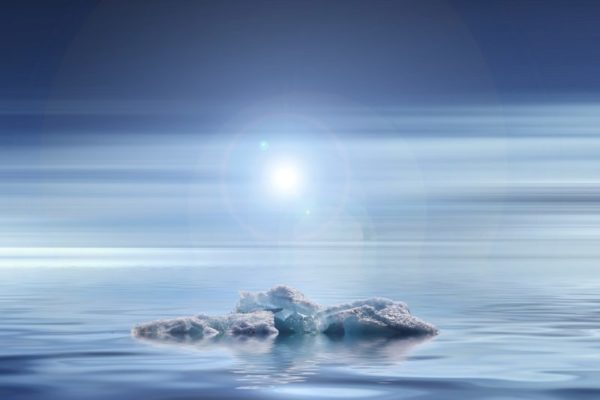
Wgule we’re all focused on US politics and Black Lives Matter and the COVID19 crisis, climate change (and pollution) continue apace:
Antarctica could melt ‘irreversibly’ due to climate change, study warns
Antarctica contains more than half of the world’s freshwater in its sprawling, frozen ice sheet, but humanity’s decisions over the next century could send that water irreversibly into the sea. If global warming is allowed to continue unchecked, Antarctica will soon pass a “point of no return” that could reduce the continent to a barren, ice-free mass for the first time in more than 30 million years, according to a new study published Sep. 23 in the journal Nature.
https://www.livescience.com/antarctica-ice-free-climate-change.html
15 million tons of microplastics pollute the seafloor
An estimated 15 million tons (14 million metric tons) of microplastics have settled in the deep ocean, according to a new report by Australia’s national science agency. That’s more than double the amount of plastic pollution at the ocean’s surface. Researchers sampled seafloor sediments in locations hundreds of miles from Australia’s coastline, discovering that the quantity of microplastics was far higher than anticipated.
https://www.livescience.com/14-million-tons-microplastics-ocean.html
Ice melt in Alaska threatens to unleash unprecedented ‘mega-tsunami,’ scientists warn
A giant, catastrophic tsunami in Alaska triggered by a landslide of rock left unstable after glacier melting is likely to occur in the next two decades, scientists fear – and it could happen within the next 12 months. A group of scientists warned of the prospects of this impending disaster in Prince William Sound in an open letter to the Alaska Department of Natural Resources (ADNR) in May.
https://www.livescience.com/alaska-ice-melt-mega-tsunami-warning.html
Greenland ice melt is changing the shape of its coastline
Rapid melt is reshaping coastal Greenland, potentially altering the human and animal ecosystems along the country’s coast. New research published in the Journal of Geophysical Research: Earth Surface on Oct. 27 finds that the ice retreat in Greenland has changed the way glaciers flow and where they dump into the sea. These changes could impact ice loss from Greenland in the future, the researchers wrote.
https://www.livescience.com/greenland-coastline-reshaped-by-ice-melt.html
Arctic sea ice goes through ‘historic’ loss in 2020
Arctic sea ice has been in decline for a while now, but 2020 is turning out to be — by far — one of the worst years ever. Every year, like clockwork, the northern ice cap, or sea ice, shrinks in the spring and summer — reaching its minimum extent in September — and then it grows in the fall and winter to reach its maximum extent in March. But as carbon dioxide and other greenhouse gas emissions have warmed the planet, the area covered by this summer sea ice has gotten smaller and smaller. And the ice has failed to reach its usual maximum extent in the winter. This is a change that’s come on fast, with recent years producing much worse sea ice even than the period from 1981 to 2010. But even compared with the worst years of the last decade, this summer has been devastating.
https://www.livescience.com/north-pole-ice-loss-2020.html
Mysterious ‘dark river’ may flow hundreds of miles beneath Greenland
A giant underground river fed by melting ice could be running in a state of perpetual darkness far below the surface of Greenland, according to new research. Nicknamed the ‘Dark River’, this hypothetical waterway – if it truly exists, that is – may stretch for 1,000 kilometers (620 miles), flowing from the deep interior of Greenland all the way to Petermann Fjord in the country’s northwest.
https://www.livescience.com/dark-river-under-greenland.html


